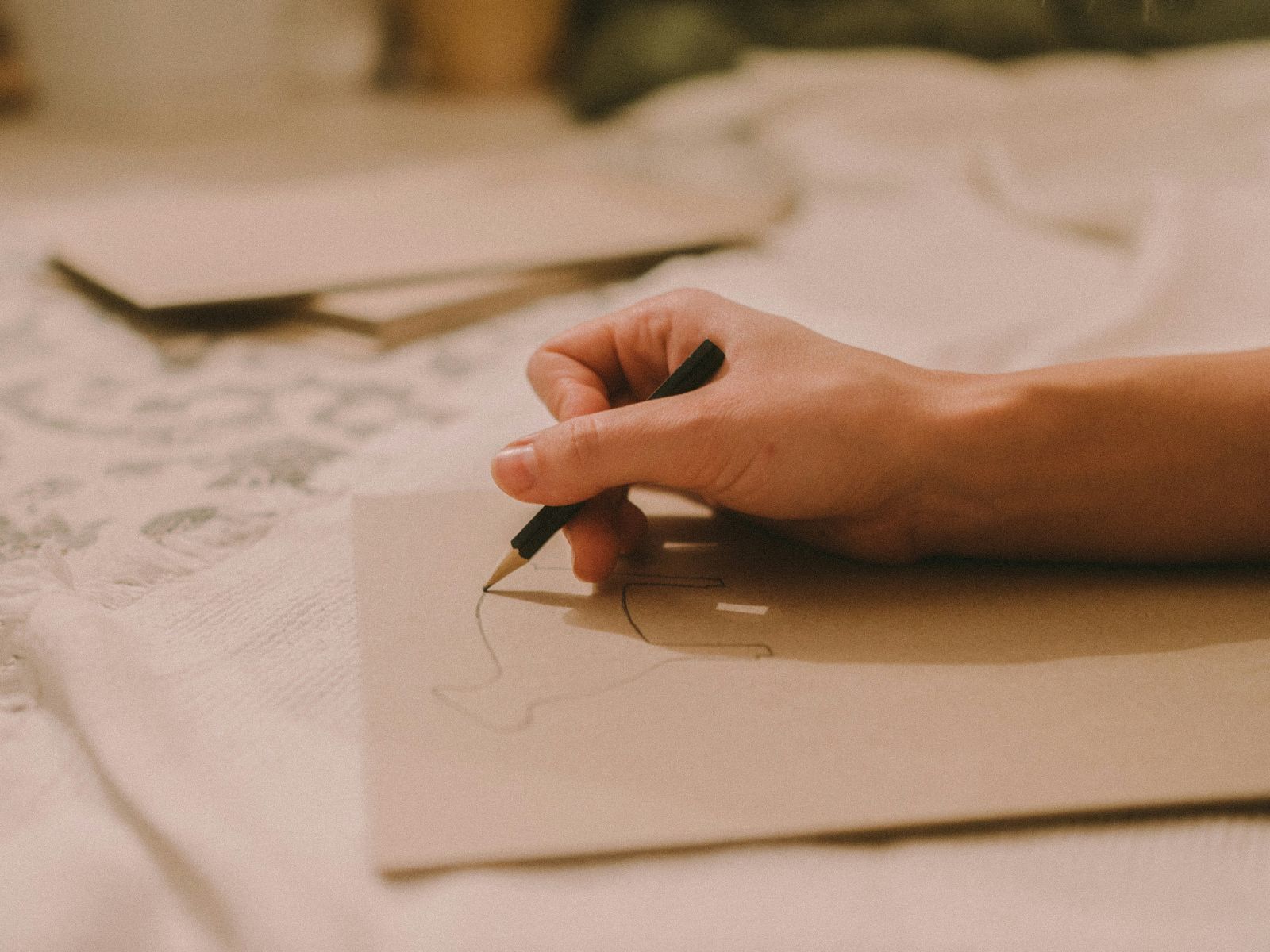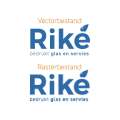Zo maak jij het mooiste design voor bedrukt servies en glaswerk

Je hebt de knoop doorgehakt: je wilt glaswerk of servies laten bedrukken of graveren. Een mooie stap om jouw merk, club of organisatie zichtbaar te maken. Maar hoe werkt het eigenlijk verder? Hoe lever je een ontwerp aan? Wat kan wel en wat juist niet? En hoe zorgen we er samen voor dat jouw product precies wordt zoals jij het in gedachten hebt?
In deze blog leggen we op een heldere manier uit waar je bij het ontwerpen van een drukdesign rekening mee moet houden. Zo verloopt het hele proces – van idee tot eindproduct – soepel en zonder verrassingen.
Hoe kun je je ontwerp aanleveren?
Er zijn drie manieren waarop je kunt starten met je design. Welke je ook kiest, ons doel is hetzelfde: een bedrukt of gegraveerd product dat perfect bij jou past.
Aanpak 1. Zelf een ontwerp maken
Ben je zelf handig met designsoftware? Dan kun je het ontwerp aanleveren met behulp van een werktekening. Die vind je bij veel producten op onze website. In zo’n werktekening zie je precies waar het drukgebied zit – bijvoorbeeld op een bord, glas of mok. Binnen dit vlak kun jij je logo of tekst plaatsen. Klaar? Stuur je bestand naar ons op per mail of upload het bij je offerteaanvraag.
Aanpak 2. Een designer inschakelen
Werk je samen met een grafisch ontwerper? Top! Die kan jouw design aanleveren aan de hand van de werktekening. Voeg het bestand toe bij je aanvraag, dan sturen wij een offerte en proefdruk retour.
Aanpak 3. Ontwerp laten maken door Riké
Geen design of weinig tijd? Geen probleem. Wij kunnen het ontwerp ook voor je maken. Vraag een offerte aan via de website, mail, WhatsApp of bel ons even. Lever daarbij een vectorbestand aan (zoals een .ai-, .PDF, .EPS of .SVG) en wij sturen je binnen één werkdag gratis een proefdruk én offerte.
Twijfel je over je bestand? Bekijk dan ook onze blog over vectorbestanden.
Waar moet je op letten bij het ontwerpen van je drukdesign?
Tip 1. Formaat van de bedrukking
Let op het maximale drukformaat van het product. Deze informatie vind je bij het artikel of in de werktekening. Staat er bijvoorbeeld 45 x 45 mm? Dan is dat het maximale gebied waarin we kunnen drukken. Groter kan soms ook, maar daar zit vaak een meerprijs aan. Ook de positie van de bedrukking is belangrijk – die staat meestal al aangegeven.
Tip 2. Kleuren: wat kan wel en wat niet?
Wat er wel en niet mogelijk is, hangt af van de gekozen druktechniek. Wil je één tot acht kleuren gebruiken zonder kleurverloop? Dan zijn zeefdruk of transferdruk geschikte opties. Gaat het juist om een ontwerp met een kleurverloop of full-colour afbeelding, kies dan voor digitale druk. Voor een luxe en duurzame uitstraling is graveren een uitstekende keuze. Is de bedrukking niet bedoeld voor in de vaatwasser, dan kan ook tampondruk een passende oplossing zijn.
Tip 3. Pas op met kleine details
Kleine lettertjes, dunne lijnen of fijne stipjes zijn lastig om scherp te bedrukken of graveren – zeker op kleiner servies of gebogen glas. Zorg dus dat je ontwerp voldoende contrast en grootte heeft. Twijfel je? Wij controleren het ontwerp altijd vooraf en geven je feedback als iets niet haalbaar is. Je ontvangt ook altijd een digitale drukproef voordat je order in productie gaat.
Tip 4. Het effect van de bolling van glas
Glas is zelden helemaal vlak. Denk aan een voetbal: als je daar een A4’tje op legt, vormt het papier zich mee met de bolling. Zo werkt het ook met bedrukking op een glas. Het ontwerp dat we aanleveren is tweedimensionaal, maar op het glas vormt het mee met de ronding. Dat kan je logo iets vervormen, vooral bij grotere prints. Houd daar dus rekening mee bij het ontwerp.
Wat als het ontwerp niet helemaal klopt?
Maak je geen zorgen: als we tijdens het proces zien dat iets technisch niet mogelijk is – zoals te kleine details of verkeerde kleuren – dan nemen we contact met je op. Zo zoeken we samen naar een oplossing die wél werkt.
Vragen? We denken graag met je mee
We snappen dat het ontwerpen en aanleveren van een drukbestand best wat vragen kan oproepen. Daarom staan we voor je klaar. Bel, mail of app ons gerust. Dan kijken we samen naar jouw wensen en zorgen we voor een mooi eindresultaat.
Vraag een offerte of digitale proefdruk aan of bestel direct via onze website.
Inhoudsopgave
Populaire blogs












